Red Bull Photography recently joined our community with a verified brand profile of their own. This partnership isn’t just about amazing photography—it’s also about amazing stories. Behind every shot on Red Bull Photography is a talented photographer, a wild story, and a few lessons learned. We’ll be telling those stories every week here on 500px ISO and the Red Bull Photography website.
The square-frame picture format goes back a long way in photography, right to the beginnings of roll-film formats. Ask professional photographers about it and you’ll get mixed answers: some love to shoot square and others hate it. But the square has a lot to offer in a world that’s dominated by rectangular frame sizes, especially the widespread (and notoriously difficult to use) 3:2 format of most DSLRs.
The square-frame format came about in the first place because of the rise of the waist-level viewfinder in roll-film cameras. It’s very hard to turn such a camera on its side to shoot a vertical picture, so it was instead used to capture a square photo and crop it down later to a ‘portrait’ orientation.
This practicality soon became loved by magazine photo editors who would ask photographers to shoot high-quality square images, which the editors then cropped horizontally or vertically according to whatever page layout was being designed.
Photographers like David Bailey, Richard Avedon, and Terrance Donovan soon began to incorporate the square frame into their own distinctive visual style, using (now classic) medium-format cameras from Hasselblad, Rolleiflex, and Mamiya. Look back at many of the iconic portraits from the 1960s and 1970s and you’ll see they are shot in this square format.
Although these practical benefits of shooting square are largely irrelevant now, the creative characteristics of the format are still very much in vogue. Above all, the way that photographers compose a picture in a square frame is very different to how they work with a rectangle. The rule of thirds (an approximation of the golden ratio) is not really valid here, but symmetrical compositions work in square format, with the subject placed in the center of the frame. Perhaps this is because the symmetry echoes that of the frame shape itself?
Square pictures beg for simplicity and subtlety, surrounding shapes with plenty of space to let them breathe.
So is the square format still the relic of those who shoot on old esoteric film formats? Far from it. Thanks to the rise of smartphone photography, the square frame is enjoying something of a resurgence. When apps like Hipstamatic and Instagram first came out (the former has since relaxed its rules), they forced users to shoot in a square frame, in line with the retro look and feel of their film-effect filters, and the style caught on, with other photo apps following suit.
Outside the smartphone, the easiest way to create a square image is to crop a rectangular one, using software like Photoshop or any other image editor. But the problem with this solution is that the photographer isn’t composing using a square frame, they’re composing in a rectangle, which is a very different animal.
While there are almost no digital cameras with native square-shaped sensors, mirrorless cameras can offer a square frame shooting experience by cropping their 3:2 or 4:3 shaped sensors. Importantly, this does give you a square frame in which to compose, thanks to these cameras’ electronic viewfinders. DSLRs find this trick harder, though some do offer superimposed frame lines in their viewfinders.
Since while 120 roll film is still available and there is a healthy second-hand market for medium-format cameras, perhaps the most authentic way to shoot square-frame photography is to go analog and shoot some classic black & white – as if it were the 1960s all over again.
Stay tuned for another story from Red Bull Photography that will blow your mind next week!

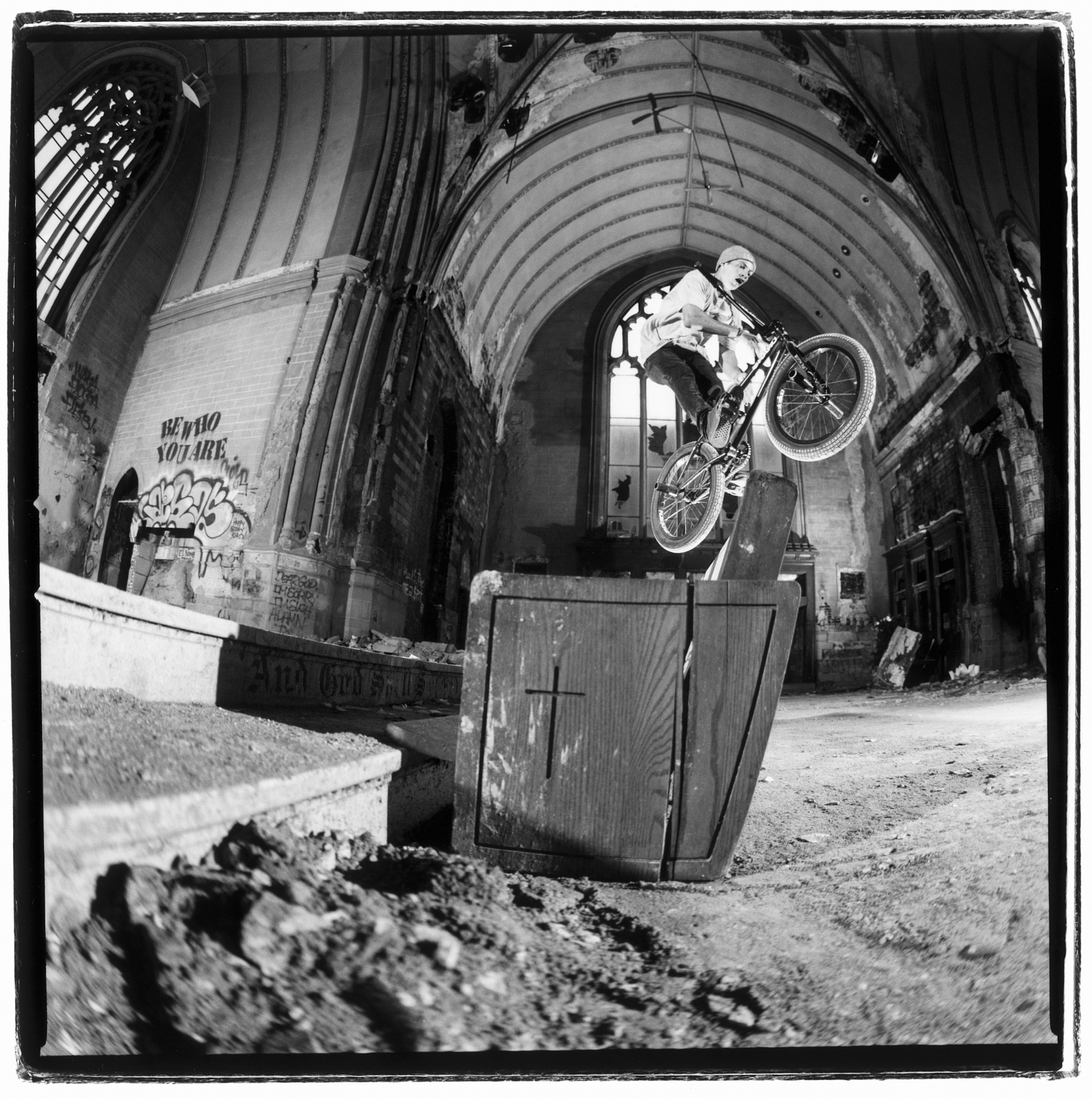



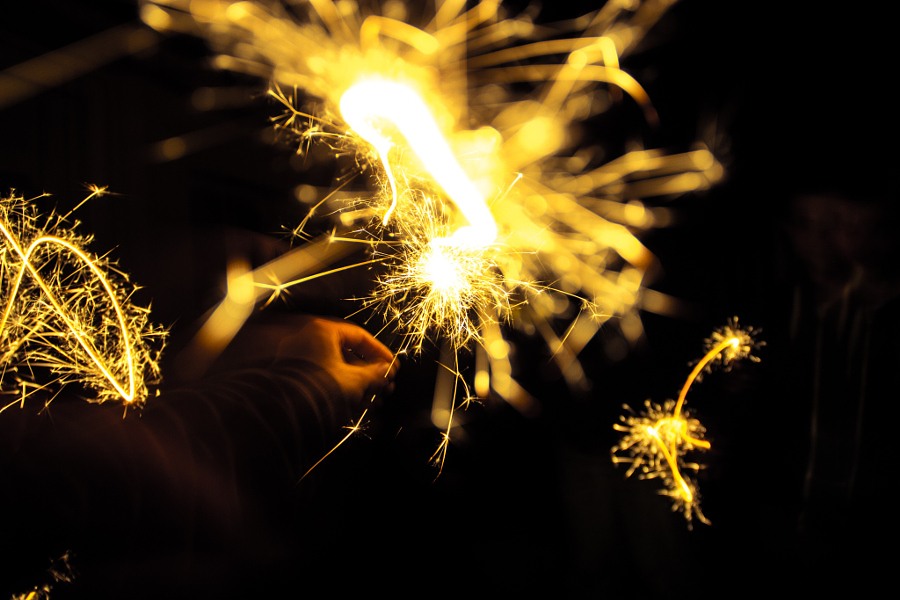
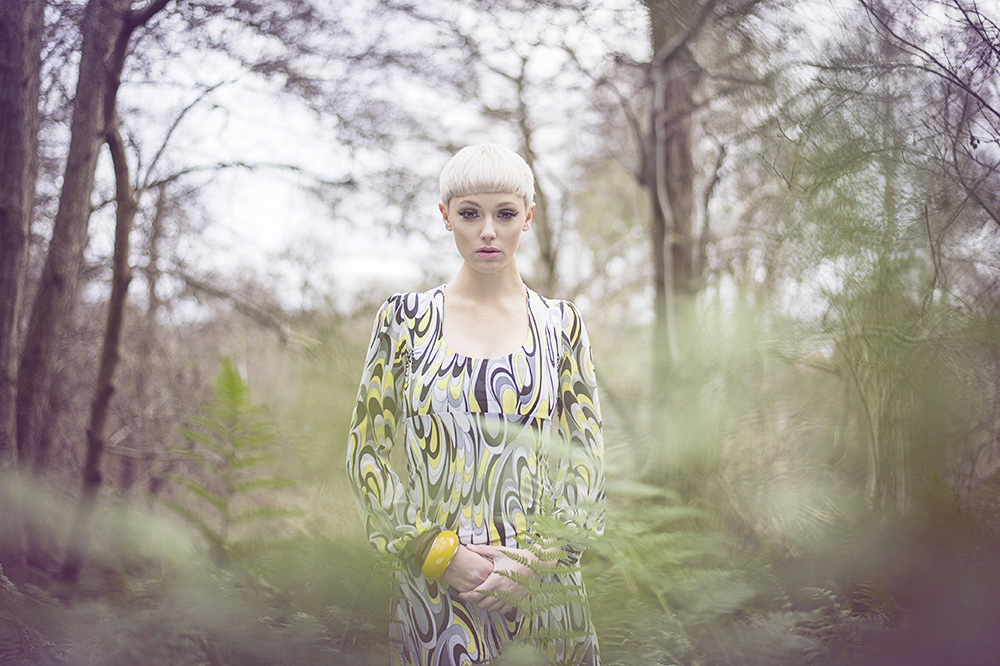
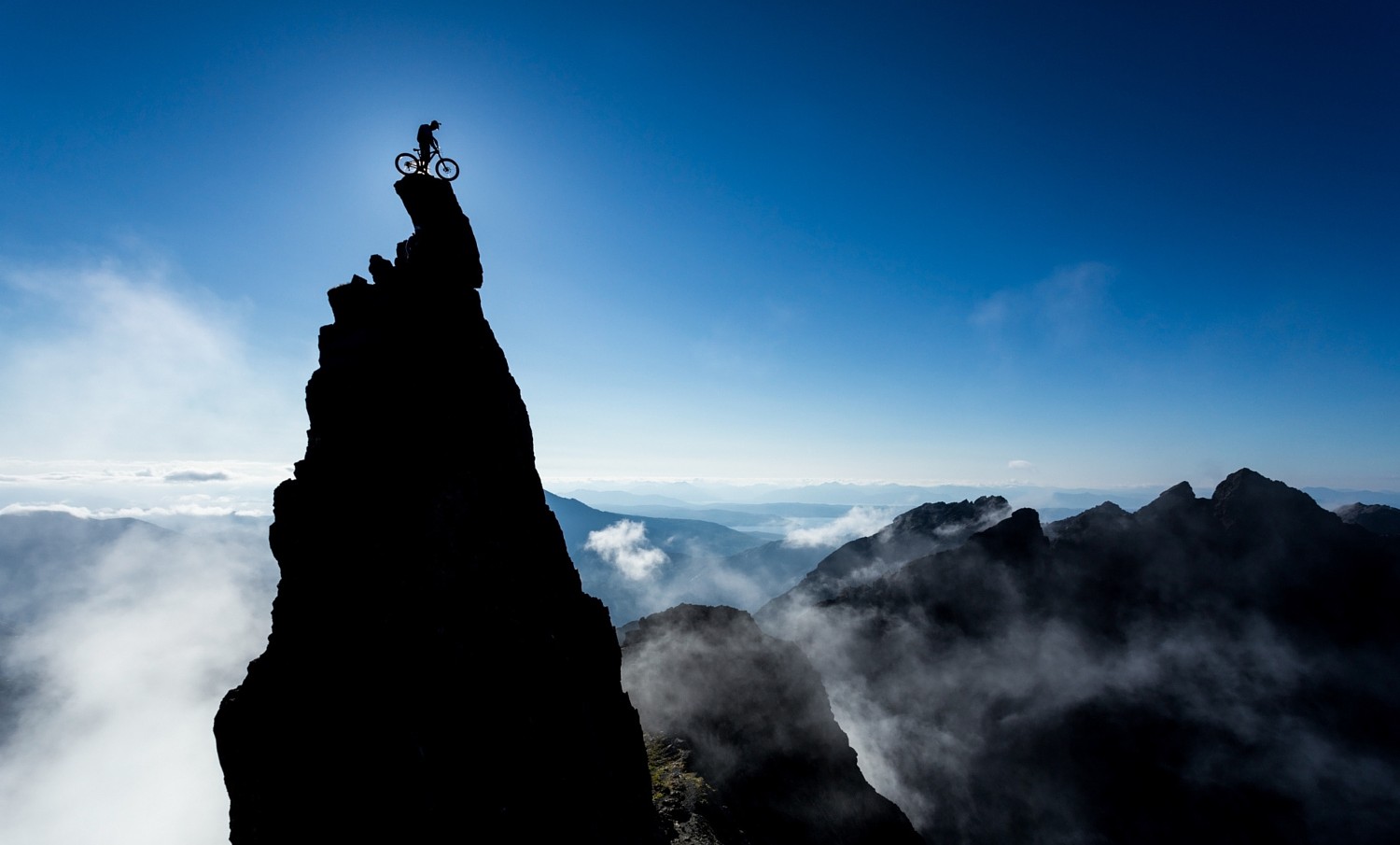

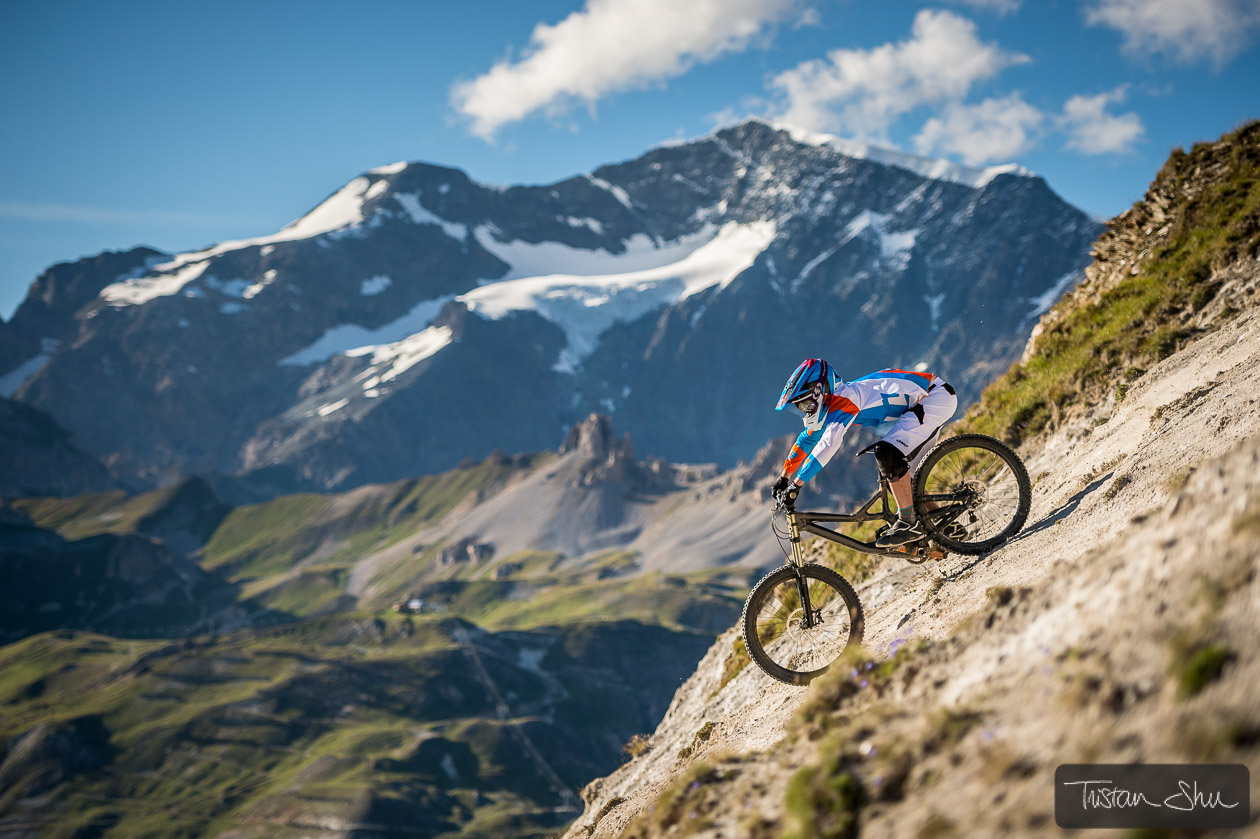
Leave a reply